Dhaka, Feb 07, (V7N) - A wave of violent protests has swept across Bangladesh, leading to widespread destruction, vandalism, and arson at the residences of several prominent leaders of the ruling Awami League (AL). The attacks, which began on the night of Wednesday, February 5, continued throughout Thursday, February 6, with bulldozers, hammers, and other tools being used by protesters to demolish properties. The incidents appear to be part of an ongoing anti-government movement, with protestors expressing outrage against perceived corruption and mismanagement under the leadership of former Prime Minister Sheikh Hasina and the ruling Awami League.
Key Incidents of Vandalism and Arson:
Tofail Ahmed’s House in Bhola:
Tofail Ahmed, a senior Awami League leader and former minister, faced an attack at his residence in Bhola’s Gazipur Road on Wednesday night. Mobs set fire to the furniture and belongings of the house, which continued to burn until midday on Thursday. The house, known as “Priyo Kutir,” was reportedly targeted due to accusations against Ahmed of corruption during his tenure.

Amir Hossain Amu’s House in Jhalkathi:
Protesters turned their attention to the residence of former MP Amir Hossain Amu in Jhalkathi, accusing him of corruption and mismanagement. On Thursday, demonstrators used bulldozers and hammers to demolish parts of the building, including boundary walls, and set fire to the property. Amu, a well-known figure in the Awami League, was blamed by local protesters for exploiting public funds.
.jpeg)
Obaidul Quader’s House in Noakhali:
The home of Awami League General Secretary and former minister Obaidul Quader in Noakhali’s Companyganj upazila was attacked by a group of 400-500 protesters. They vandalized the building and set parts of it on fire. Interestingly, Quader’s family members were not present during the attack. Protesters cited Quader's alleged involvement in violence against students and his role in previous crackdowns on dissent as key reasons for targeting his residence.
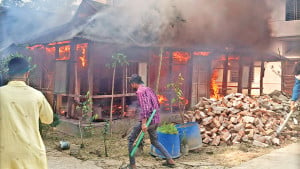
Abul Hasanat Abdullah’s House in Barishal:
The residence of Awami League leader Abul Hasanat Abdullah, located in Barishal, was also vandalized. Protesters used bulldozers to demolish the boundary walls of the property and set parts of the house on fire. Abdullah, who was a key figure in the Awami League’s political activities in the region, has been accused of exploiting his position for personal gains, further fueling the anger of the protestors.
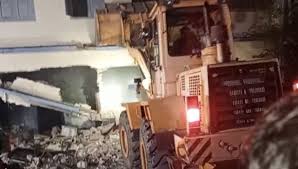
Shamim Osman’s Family Homes in Narayanganj:
Two buildings belonging to the Osman family in Narayanganj were attacked by protesters. Shamim Osman, a controversial figure in the Awami League, was specifically targeted due to his alleged involvement in criminal activities and corruption. Protesters used bulldozers to destroy parts of the buildings and set fire to various sections of the properties. Osman, often referred to as the “godfather” of Narayanganj, has long been accused of misusing power and being involved in various illegal activities.
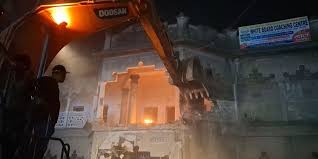
Sadhan Chandra Majumder’s House in Naogaon:
Protesters also attacked the residence of former food minister Sadhan Chandra Majumder in Naogaon on Thursday evening. They set fire to parts of the property after engaging in heavy vandalism. Majumder, a former influential member of the Awami League, has been accused of corruption during his time as a public official.
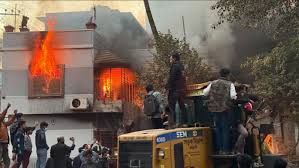
Shahriar Alam’s House in Rajshahi:
Shahriar Alam, the former foreign minister, also faced a violent attack at his residence in Rajshahi’s Arani area. Hundreds of protesters vandalized the house, destroying furniture and belongings, before setting parts of the building on fire. The fire was later extinguished by local fire services.
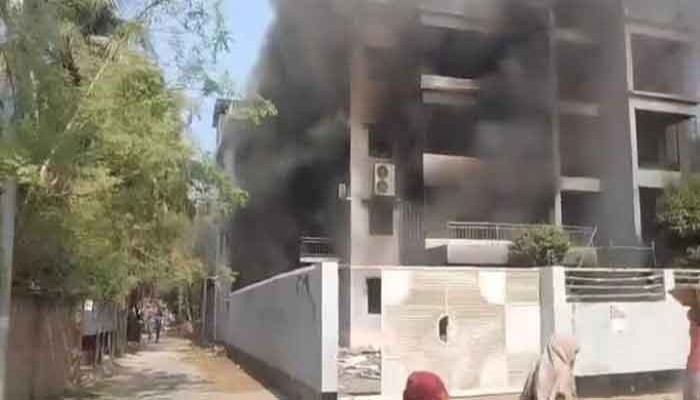
Background of the Protests:
The attacks are part of a larger wave of protests sweeping across Bangladesh. Demonstrators, particularly students, have been expressing their discontent with the ruling Awami League government, led by Sheikh Hasina, accusing it of widespread corruption, mismanagement, and authoritarian practices. These protests have gained traction following Hasina's government's controversial policies, including its handling of student protests and the crackdown on opposition voices.
Many of the leaders targeted in these attacks have been accused by protestors of being involved in acts of corruption, political manipulation, and suppressing public dissent. The protesters are demanding justice, transparency, and accountability from the government, which they believe has failed to address the needs and grievances of the people.
Political Context:
In the wake of these violent attacks, there is growing concern over the stability of Bangladesh’s political landscape. The government's response to these protests will be critical in determining the future of the country’s political trajectory. As of now, the government has yet to issue an official statement on the attacks. Law enforcement agencies have been deployed to restore order, but the unrest continues to spread.
The leaders whose homes have been targeted are perceived as being part of a deeply entrenched political establishment, which protestors feel has benefited at the expense of the nation’s common people. Some protestors even claim that the violence is a direct response to years of perceived injustice, corruption, and misgovernance at the hands of the ruling party.
Conclusion:
The ongoing wave of attacks against prominent political figures in Bangladesh signals a growing political crisis. As the violence escalates, it remains unclear how the government will respond to the unrest. The protests are a manifestation of widespread frustration among the public, particularly the younger generation, who are demanding greater accountability, justice, and reform. The situation is likely to develop further, with more protests and actions against the ruling party expected in the coming days.
The government must address the root causes of these protests if it hopes to restore stability and heal the divisions that have emerged within the nation. The long-standing discontent with the current leadership seems to be reaching a breaking point, with the public calling for fundamental changes to the political system.
(Report based on information sent by district correspondents)
END/VD/COR/AJ/



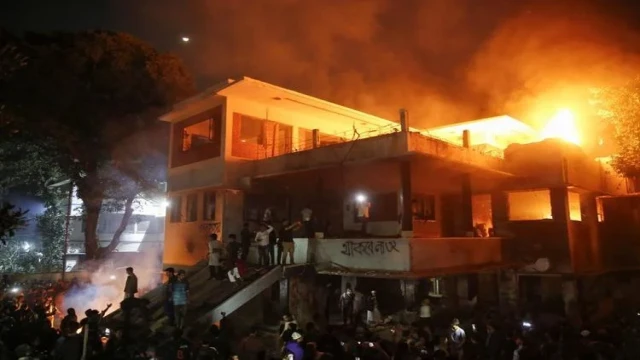
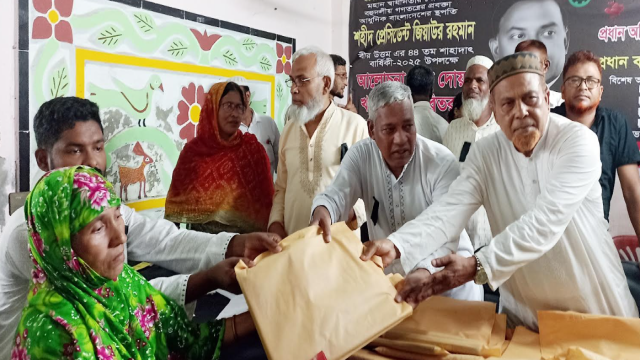
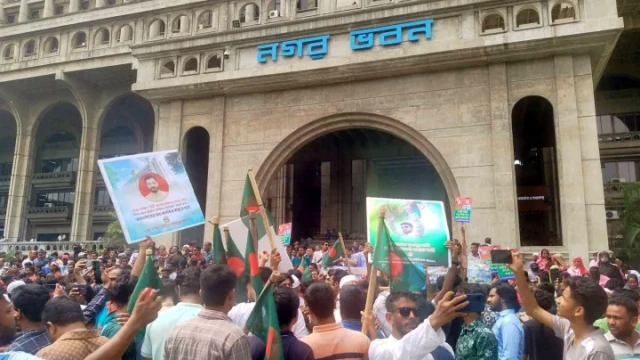
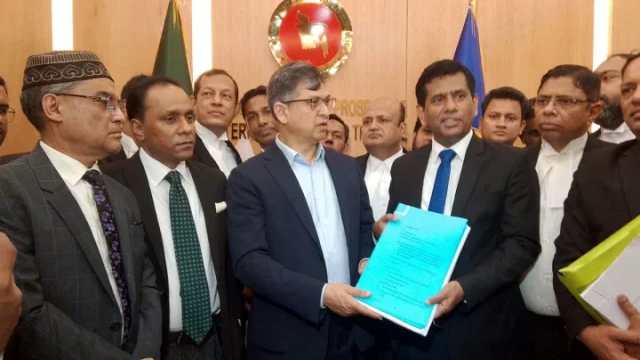
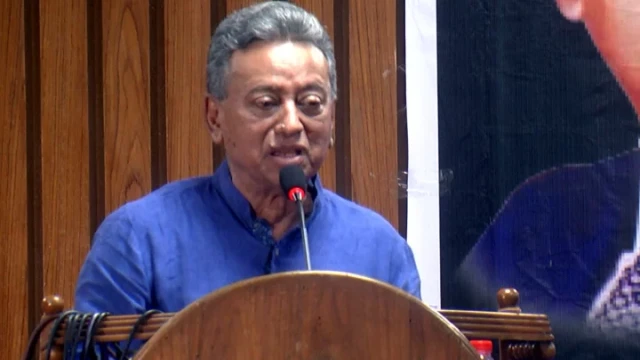
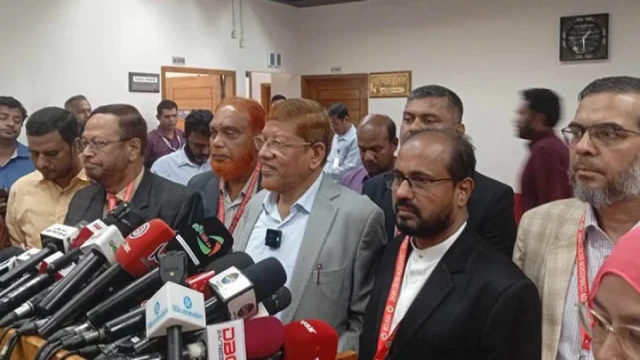
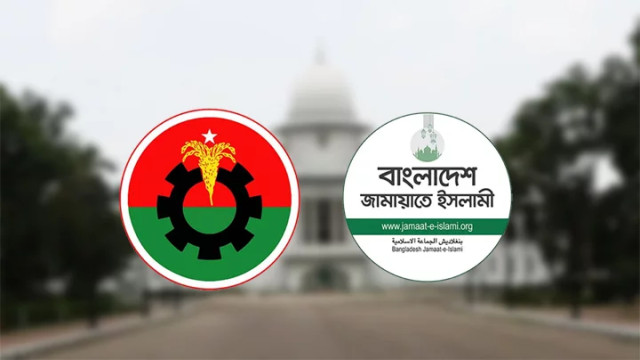
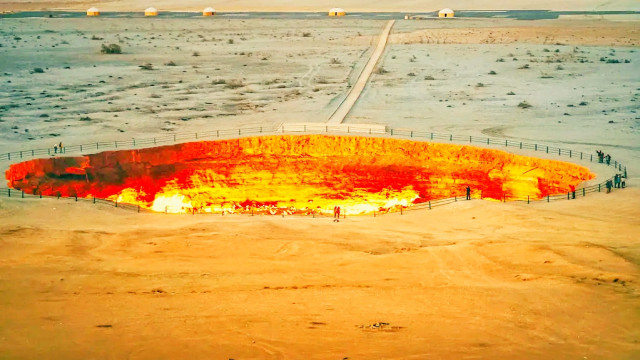


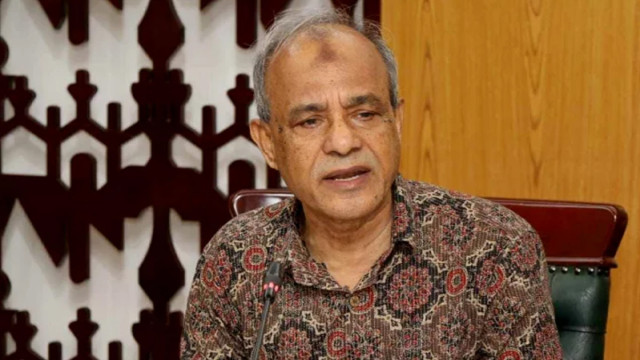

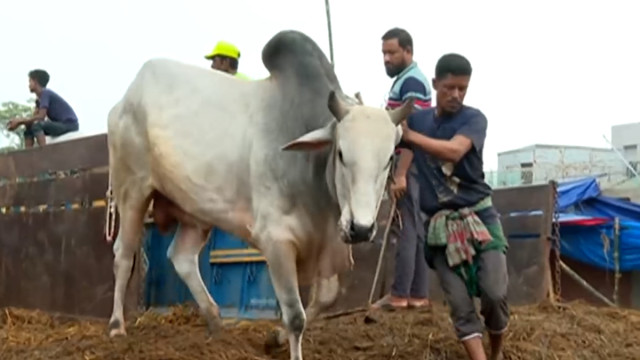
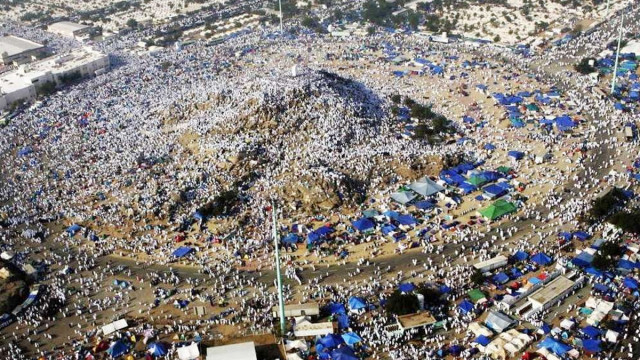
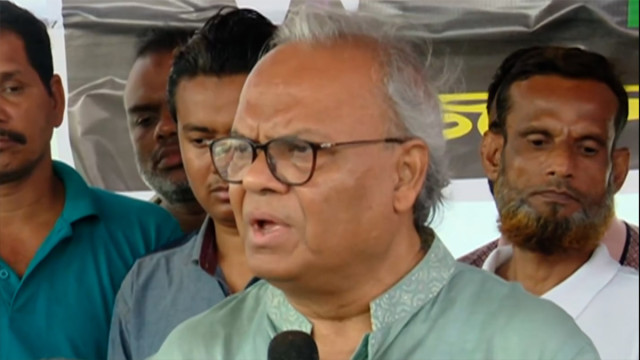
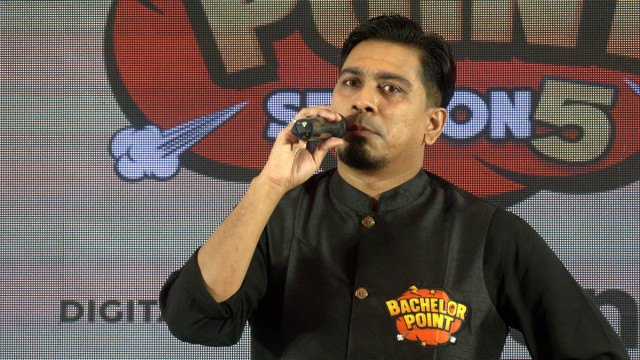

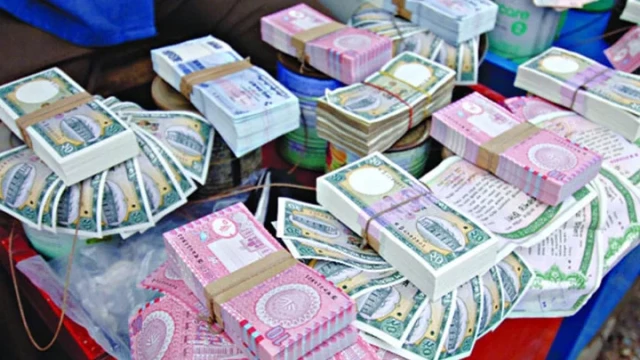
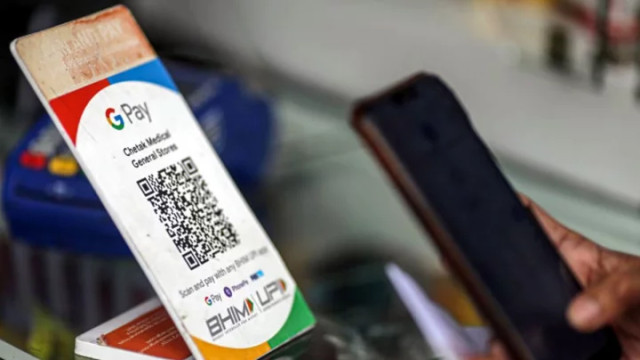
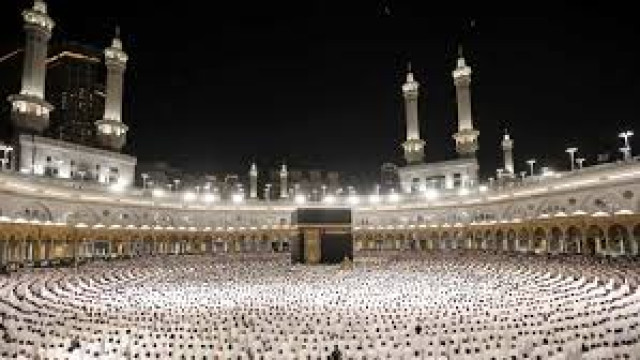
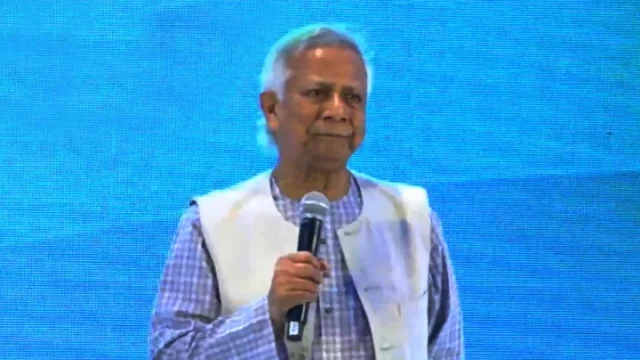
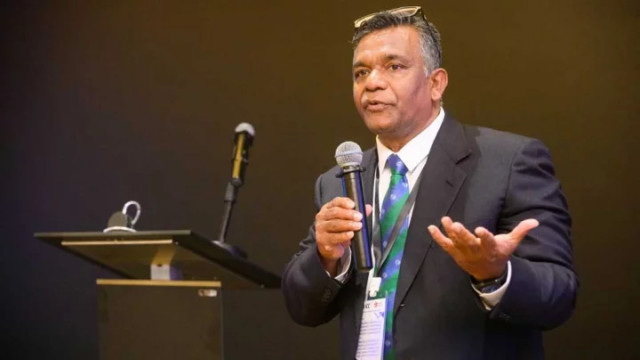
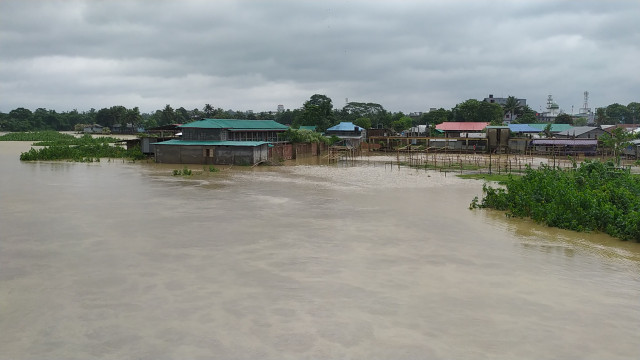
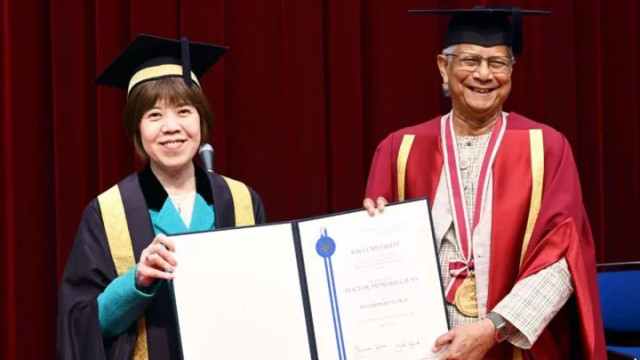
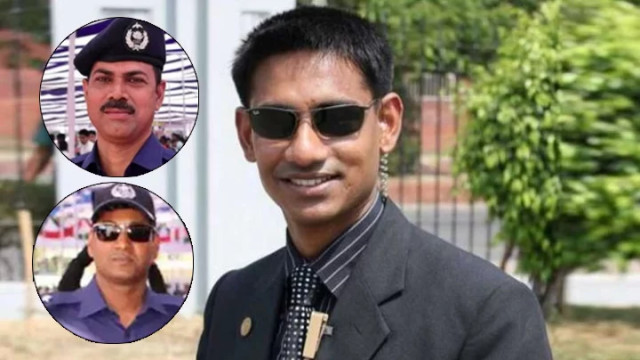
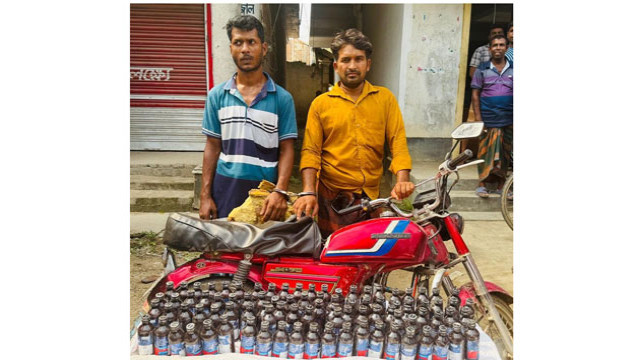
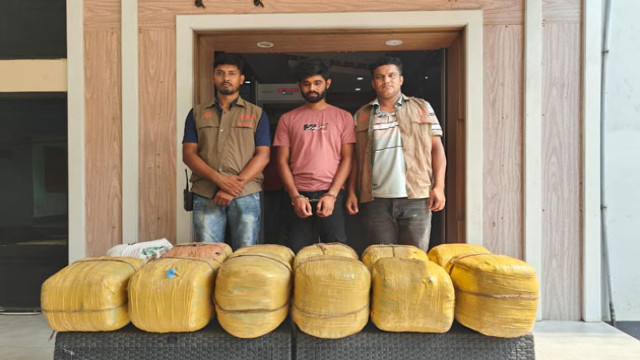
Comment: